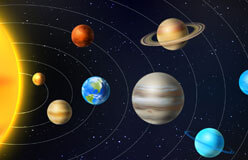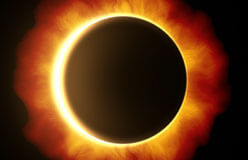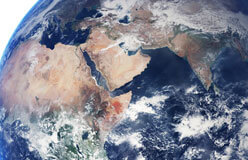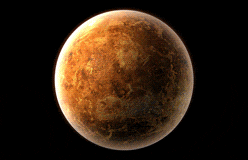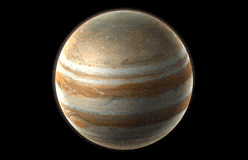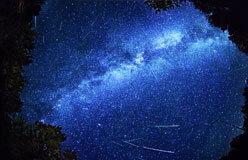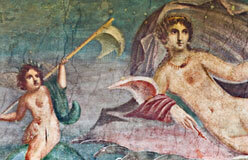Rocky planets are mostly core and mantle.
They have a very, very thin crust and a very, very thin atmosphere. Gas giants are mostly atmosphere with very, very tiny cores compared to their size. Jupiter, Saturn, Uranus, and Neptune are big, swirling clouds of gas.
A cloudy atmosphere blocks our view of a gas giant, making it hard to learn more about the planet. It’s like studying an egg, but seeing only the shell. Scientists can only guess what’s under all those clouds.
